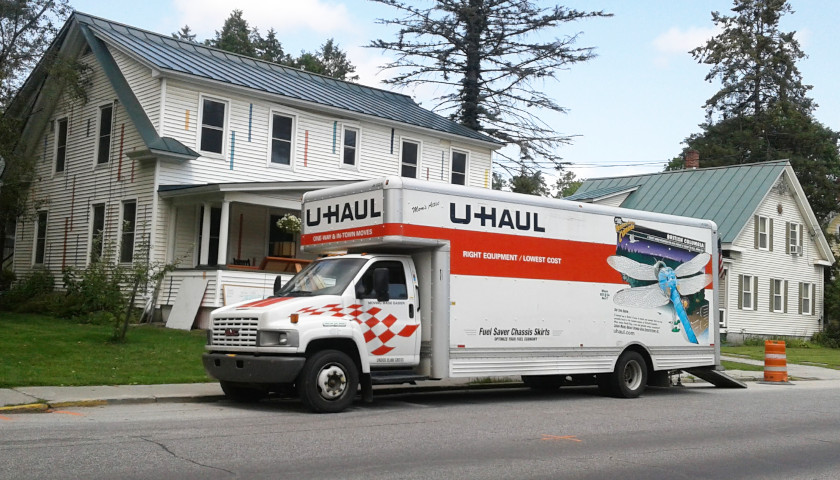New census data reveals that Arizona has five of the fastest-growing 15 cities in the U.S.
The five areas are Queen Creek, Buckeye, Casa Grande, Maricopa City and Goodyear. While Phoenix was further down on the list, it was one of only two of the largest 10 cities in the country to gain residents.
The five popular Arizona cities experienced a rate of growth from 5.4 percent to 8.9 percent between July 2020 and 2021. Goodyear and Buckeye topped 100,000 residents for the first time. Buckeye was the state’s fastest-growing city between 2010 and 2020. Queen Creek grew by 8.9 percent to 66,346. Homes.com ranked Queen Creek the 10th-best suburb to move to in 2021.
Buckeye Mayor Eric Orsborn told The Arizona Sun Times the growth is due to “the excellent quality of life” the city offers. This includes, “A variety of high value housing, a significant increase in new retail and services, major improvements to the city’s infrastructure, and new employers relocating here (KORE Power, Five Below, Funko and Ross Dress for Less).”
“There are so many exciting things happening in Buckeye,” Osborn said. “Our efforts to focus on providing a variety of housing options, attracting quality employers in energy, advanced manufacturing, logistics, and distribution are paying off.”
Around half of the 795 cities in the U.S. that have over 50,000 residents lost population, but of Arizona’s 20 cities on the list, none did.
Phoenix grew by .8 percent or 13,224 residents. It is the fifth-largest city in the country, with 1,624,569 residents. San Antonio was the only other large city in the country to gain residents. New York City lost 305,465 residents, which was the most.
Although Texas only had two cities in the top 15, they were both the top two, Georgetown and Leander. Florida and Idaho also had multiple cities in the top 15.
Arizona was the fifth-most popular state for people to move to in 2021, an Allied study found. The Phoenix metro area was No. 1 for the number of people moving to the city compared to the rate at which people were leaving the city.
People all over the country have been fleeing cities for the suburbs, which could explain why cities considered to be suburbs of Phoenix experienced far more growth than Phoenix itself. Phoenix is run by Democrats and is experiencing soaring property values.
Of the growth in the state, the Arizona Office of Economic Activity found that much of it is in red areas of the state. According to the new census data, among Arizona’s 20 cities with over 50,000 residents, left-leaning Tucson and Flagstaff gained the fewest residents.
This may reflect a broader trend across the country; some of the most popular blue areas of the country are starting to lose residents. Seattle, which had become one of the most popular destinations in the country in recent years, lost 4,200 residents last year.
Arizona consistently ranks tops among the states for various criteria, which contributes to people choosing it as a destination. The payroll company PayChex ranked Arizona No. 1 for small business growth last August. The Center for Education Reform ranked Arizona No. 1 for charter schools this year. In a study that analyzed data from 2008 to 2018, the Stanford Educational Opportunity Project ranked Arizona No. 1 for academic progress. Between 2015 and 2020, Arizona had the second-highest percentage change in high-paying jobs out of a list of large U.S. metros. Arizona was one of only three states that had returned to pre-pandemic job levels by January.
COVID-19 may have been a factor contributing to Arizona’s high growth. A Pew study found that one in five people moved due to COVID-19, or know someone who did. Of those who moved, higher-income people dominated, and financial reasons were the main subcategory. Due to the lockdowns in blue states, many people could not make a living, especially those who owned small businesses that were forced to physically shut down or partially shut down. This could be why affordable and no-lockdown Idaho experienced 194 percent more people moving in compared to leaving during the first year of COVID-19 in 2020.
– – –
Rachel Alexander is a reporter at The Arizona Sun Times and The Star News Network. Follow Rachel on Twitter. Email tips to [email protected].





